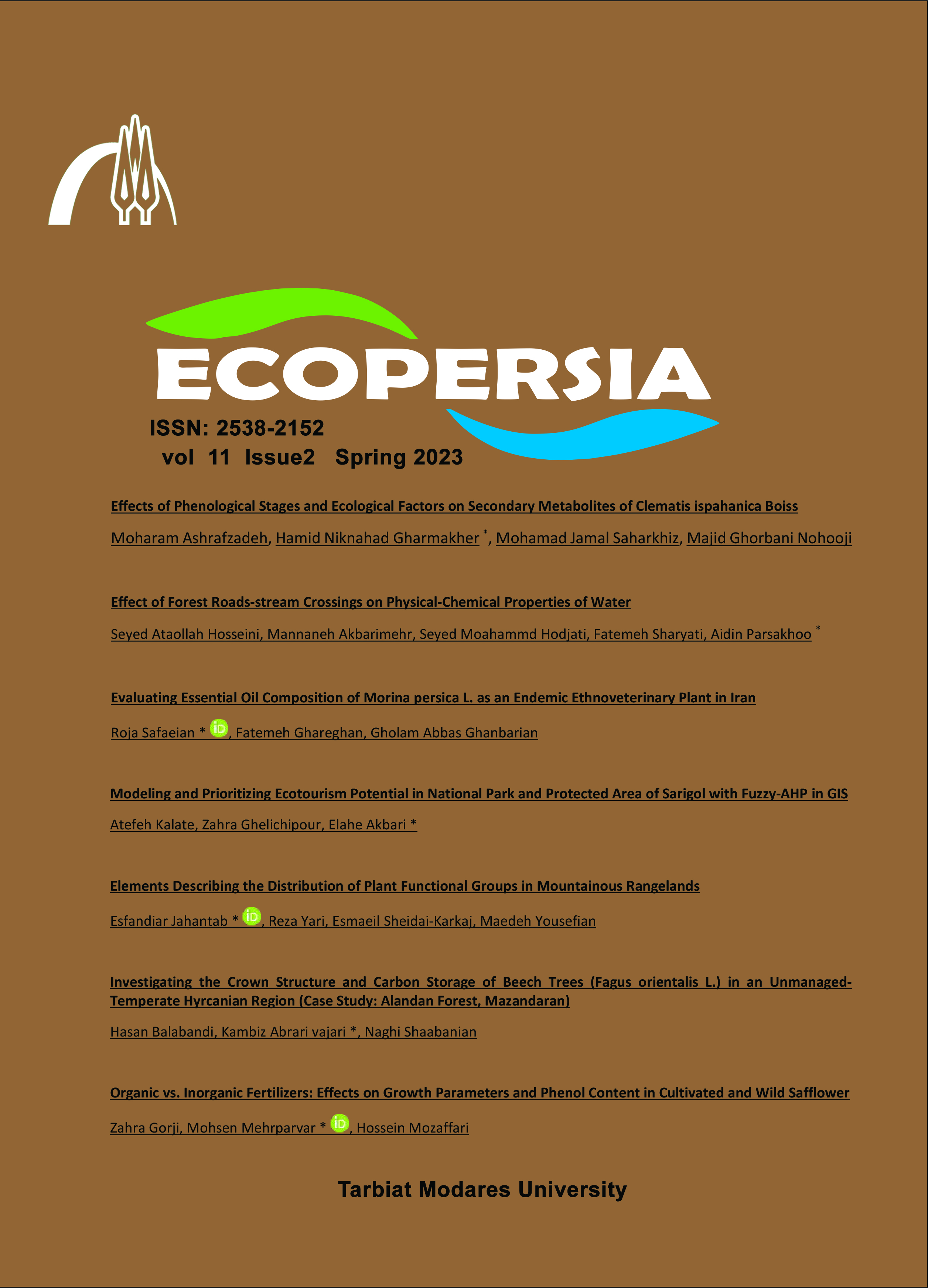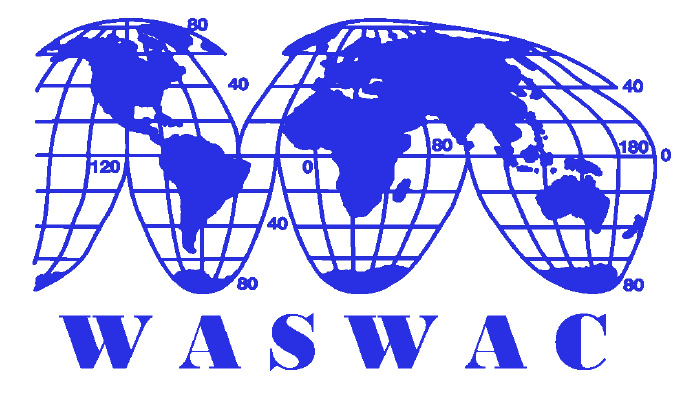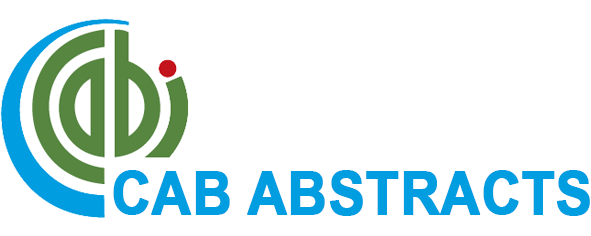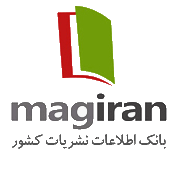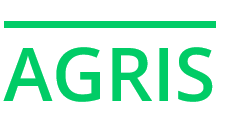Director-in-Charge
Khodabandeh, Saber; - of Eco-physiology
Affiliation: Tarbiat Modares University, Tehran, Iran
Email: surp78@gmail.com
Tel: -
Editor-in-Chief
Sadeghi, Seyed Hamid Reza; Professor of Soil Erosion and Sediment Yield Modeling
Affiliation: Tarbiat Modares University, Tehran, Iran
Email: sadeghi@modares.ac.ir
Tel: -
Editorial Board
Denis, F; Professor of Molecular Biology and Evolutionary Genetics
Affiliation: University of Maine, Le Mans, France
Email: francoise.denis@univ-lemans.fr
Tel: +33 (24) 3833916
Sadrinasab, Masoud; - of Marine Physics
Affiliation: Khorramshahr Marine Sciences and Technology University, Khorramshahr, Iran
Email: masoud.sadri@gmail.com
Tel: -
Savari, Ahmad; Professor of Oceanography
Affiliation: Khorramshahr Marine Sciences and Technology University, Khorramshahr, Iran
Email: savari53@yahoo.com
Tel: +98 (63) 24234400-2
Seifabadi, Seyed; - of Marine Biology
Affiliation: Tarbiat Modares University, Tehran, Iran
Email: jseyfabadi@gmail.com
Tel: -
Stephanie, B J; Professor of Biotechnology
Affiliation: University of La Rochelle, La Rochelle, France
Email: sbordena@univ-lr.fr
Tel: +33 (54) 6458265
Cerda, A; Professor of Soil Erosion
Affiliation: University of Valencia, Valencia, Spain
Email: artemio.cerda@uv.es
Tel: +34 (96) 3864882
Dianati Tilaki, Ghasemali; - of Rangeland Ecology
Affiliation: Tarbiat Modares University, Tehran, Iran
Email: dianatig@modares.ac.ir
Tel: -
Erfanzadeh, Reza; - of Range Management
Affiliation: Tarbiat Modares University, Tehran, Iran
Email: rezaerfanzadeh@modares.ac.ir
Tel: -
Hosseini, Seyed Mohsen; - of Forest Ecology
Affiliation: Tarbiat Modares University, Tehran, Iran
Email: hosseini@modares.ac.ir
Tel: -
Mizuyama, T; Professor of Soil Erosion
Affiliation: Kitashirakawa-oiwakecho, Sakyo-ku, Kyoto-shi, Japan
Email: mizuyama@kais.kyoto-u.ac.jp
Tel: +81 (75) 7536087
Najafi, Akbar; - of Forest Engineering
Affiliation: Tarbiat Modares University, Tehran, Iran
Email: a.najafi@modares.ac.ir
Tel: -
Safaeian, Nosratollah; Professor of Rangeland Management
Affiliation: Sari Agricultural Sciences and Natural Resources University, Sari, Iran
Email: safaian_nosrat@yahoo.com
Tel: +98 (911) 1566815
Singh, J K; Professor of Soil Conservation
Affiliation: G. B. Pant University of Agriculture and Technology, Pantnagar, India
Email: singh_jk2002@yahoo.co.in
Tel: +91 (5944) 233546
Singh, V P; Professor of Hydrology
Affiliation: Texas A&M University, College Station, USA
Email: vsingh@tamu.edu
Tel: -
Tabari, Masoud; Professor of Silviculture, Afforestation
Affiliation: Tarbiat Modares University, Tehran, Iran
Email: mtabari@modares.ac.ir
Tel: -
Vafakhah, Mehdi; - of Water Resources
Affiliation: Tarbiat Modares University, Tehran, Iran
Email: vafakhah@modares.ac.ir
Tel: -
Walling, D E; Professor of Hydrology and Fluvial Geomorphology
Affiliation: University of Exeter, Exeter, England
Email: d.e.walling@exeter.ac.uk
Tel: +44 (0) 1392 723345
Younesi, Habibollah; - of Biochemical Engineering
Affiliation: Tarbiat Modares University, Tehran, Iran
Email: hunesi@modares.ac.ir
Tel: -
Completing and signing the ICMJE Form for Disclosure of Potential Conflicts of Interest is necessary for all authors, and the article's submission will not be accepted without filling this form. Also, all authors must sign the Authors Introduction and Commitment Form and declare the number, order of appearance, contribution, and affiliation of authors and transfer the right of publishing to ECOPERSIA.
The submitted articles will be sent to the reviewers after primary acceptance by the Editor-in-Chief according to the adaptation of the subject to ECOPERSIA scopes and the structural principles of the article that must be as this instruction. ECOPERSIA has the right of rejection or acceptance and also editing the articles. After final acceptance by ECOPERSIA Editorial Board, the articles will be completely revised by the Editorial Team members scientifically, structurally, and methodologically and the galley proof will be sent back to the corresponding author for final confirmation. The authors are responsible for the precision and correctness of the content.
How to submit the article
Article admission can only be performed electronically via ECOPERSIA exclusive website. Please avoid postal or email submitting.
The steps of electronic submission of the article are as follows (submitting, reviewing, and publishing article are completely free of charge):
1- Go to the ECOPERSIA exclusive site: journals.modares.ac.ir
2- Select "submit an article" in For Authors section in the left menu bar of the site.
3- The submitter has to first register and wait for administrator confirmation.
4- Select and confirm the number of authors, article type, and subject(s) of the article in step 2.
5- All parts should be filled in step 3. Note that even if the system confirms the submission, the article will be sent back by the administrator in case of insufficiency of the data or not sending the article's files by the mentioned order. The Main file must be a Microsoft Office Word 2003 file containing the whole article parts.
Notice: The article submitter is considered the corresponding author for all affairs about the article, and all further connections and data transmission will be done with him/her. The corresponding MUST be from the authors.
How to prepare the article file
The entire text should be typed as a single column (Font size: 12; Font type: Cambria; Line spacing: 1) in A4 paper size with 3 cm margins from top, bottom, left, and right page. The article file should contain four separate parts: Cover Page (1 page), Abstract (1 page), Text Body (several pages), References List (appropriate number according to article type), Figures, and Table. All parts have to be presented as a whole in one file.
Cover Page
1- The title of the article should be written at the top (Write the running title below the title of the article).
2- Authors must be mentioned separately in order of appearance on the article with the following data (Please notice the authorship principles from here):
First name & Surname
Academic Degree (Ph.D., M.D., M.Sc., etc.)
Affiliation (Department/Research Center, School/Institute, University, City, Country)
(Cell Phone Number, Telephone Number, Fax Number, Post Address, and Email are just necessary for the correspondent).
Abstract
1- The abstract of all types of articles must have Aims, Methods, Findings, and Conclusion sections and should not be less than 150 and more than 250 words.
Notice: The abstract does not have any introduction and is not an introduction to the article. An abstract should express the maximum data related to the article in the minimum possible volume.
2- The keywords must be 3 to 6, alphabetically arranged and separated by semicolon.
Text Body
1- The section titles and word numbers of the text bodies are different according to the type of article.
Original Research
Description: These articles are the result of authors’ researches and must have intervention and data analysis processes (not descriptive).
Sections: Introduction, Materials & Methods, Findings, Discussion, and Conclusion
Authors Limitation: Accorded to the research size
Words Limitation: 3000 to 5000 words
References Limitation: Min. 25 and Max. 40 with maximum citation of related papers published in former issues of ECOPERSIA.
Diagrams Limitation: Max. 10 (Tables, Charts, Figures or Pictures) in total and preferably distributed equally.
Qualitative Research
Description: In the fields that the direct investigation of parameters is not possible, the research can be done regarding the opinion of the experts qualitatively by appropriate documentation.
Sections: Introduction, Participants & Methods, Findings, Discussion, and Conclusion
Authors Limitation: Accorded to the research size
Words Limitation: 3000 to 5000 words
References Limitation: Min. 25 and Max. 40 with maximum citation of related papers published in former issues of ECOPERSIA.
Diagrams Limitation: Max. 6 (Tables, Charts, Figures or Pictures) in total and preferably distributed equally.
Short Communication
Description: Original researches in the novel fields of research with a low number of references that mainly introduce new achievements although having a low number of words.
Sections: Introduction, Materials & Methods, Findings, Discussion, and Conclusion
Authors Limitation: Accorded to the research size
Words Limitation: 1500 to 2000 words
References Limitation: Min. 10 and Max. 15 with maximum citation of related papers published in former issues of ECOPERSIA.
Diagrams Limitation: Max. 2 (Tables, Charts, Figures or Pictures) in total and preferably distributed equally.
Descriptive & Survey
Description: Articles that report descriptive data by checklists or questionnaires and have no intervention and data analysis. These are not considered research articles and can be just accepted according to their substantial practical aspects.
Sections: Introduction, Instrument & Methods, Findings, Discussion, and Conclusion
Authors Limitation: Accorded to the research size
Words Limitation: 2000 to 2500 words
References Limitation: Min. 10 and Max. 50 with maximum citation of related papers published in former issues of ECOPERSIA.
Diagrams Limitation: Max. 4 (Tables, Charts, Figures or Pictures) in total and preferably distributed equally.
Systematic Review
Description: Review article with research structure that experts in the field of research write. The material of these articles is other research papers in the field that should be analyzed thoroughly.
Sections: Introduction, Information & Methods, Findings, Discussion, and Conclusion
Authors Limitation: Accorded to the research size
Words Limitation: 4000 to 6000 words
References Limitation: Min. 40 and Max. 60 (At least 10 references from the authors) with maximum citation of related papers published in former issues of ECOPERSIA.
Diagrams Limitation: Max. 4 (Tables, Charts, Figures or Pictures) in total and preferably distributed equally.
Analytic Review
Description: Review articles that are written by one expert in the field of research. The author is usually invited by the Editor in Chief to write a review in the desired field, and this kind of article is not accepted by newcomers without enough original researches in the field.
Sections: Introduction, Sections by Author (6 to 8), and Conclusion
Authors Limitation: Accorded to the research size
Words Limitation: 8000 to 10000 words
References Limitation: Min. 40 and Max. 100 (At least 10 references from the author) with maximum citation of related papers published in former issues of ECOPERSIA.
Diagrams Limitation: Max. 4 (Tables, Charts, Figures or Pictures) in total and preferably distributed equally.
Case Report/Series
Description: In exposure to rare case(s), the researcher can report the patient's condition, treatment methods, and conclusion.
Sections: Introduction, Information & Methods, Findings, Discussion, and Conclusion
Authors Limitation: Accorded to the research size
Words Limitation: 1000 to 1500 words
References Limitation: Min. 10 and Max. 15 with maximum citation of related papers published in former issues of ECOPERSIA.
Diagrams Limitation: Max. 2 (Tables, Charts, Figures or Pictures) in total and preferably distributed equally.
Letter to the Editor/ Editor-in-Chief
Description: This kind of article is written in answer or critic to the published articles of the journal.
Authors Limitation: Corresponding author
Words Limitation: 800 to 1000 words
Diagrams Limitation: No Diagrams
2- All articles MUST have Acknowledgments, Ethical Permission, Authors Contribution, Conflicts of Interest, and Funding/Supports sections at the end. If there is nothing to report in each case, use "None declared by Authors".
References
Mentioning the references in all necessary cases should be fully observed (the referencing guide can be found here). To mention a reference, the numbering system should be used (Vancouver Style). Thus, the references should be listed in the reference list based on the order of use in the main text, and they should be numbered orderly. Where ever necessary, the number of the given reference should be brought in brackets []. If there is more than one number in a [], the numbers must increase from left to right and be separated by "," (e.g., [8, 11, 42]. If there are more than two following numbers, they must separate with "-“(e.g., [12, 25, 32-38, 44-51].
Notice that the only valid references for scholarly articles are peer-reviewed content, mean published articles in peer-reviewed journals; books, web pages, conference papers and posters, thesis and dissertations are not appropriate references for scholarly articles. Due to this, at least 80% of the cited references of the submitted articles MUST be published articles in peer-reviewed journals. The reference list MUST exactly follow the samples list given below:
1. Wemple B.C., Browning T., Ziegler A.D., Celi J., Chun K.P., Jaramillo F., Leite N.K., Ramchunder S.J., Negishi J.N., Palomeque X., Sawyer D. Ecohydrological disturbances associated with roads: Current knowledge, research needs, and management concerns with reference to the tropics. Ecohydrol. 2018; 11:e1881.
2. Raeisi A., Talebi A., Abdollahi K., Torabi Haghighi A. Effective factors on runoff generation and hydrologic sensitivity in a mountainous watershed (A case study: Farsan Watershed, upstream of Karoun River). ECOPERSIA 2020; 8(1):15-21.
3. Azad S., Manik M.R., Hasan S., Matin A. Effect of different pre-sowing treatments on seed germination percentage and growth performance of Acacia auriculiformis. J. For. Res. 2011; 22(2):183-188.
Figures
1- All tables, charts, and pictures are numbered in order of appearance in the article under the unique title of “Figure”.
2- Figures must not repeat each other’s data or text data.
3- The description of figures should be clear and complete without the need to refer to the text.
4- Each figure should be placed on a separate page in the original size, and the description should be written on the same page above (tables) or below (charts, figures, and pictures).
5- All maps must be embedded by detailed information and pasting the essential names, e.g., the Persian Gulf or the Caspian Sea, on Iran Map.
6- In charts, the original excel file (or other formats) must be sent.
7- All attributes of the figures and maps have to be fully readable and clear.
Units and dimensions
Please insert all dimensions in superscript style written by small letters (except for those standard form has been designated) with a dot in between main units (For example t.ha-1 or Mj.ha-1.mm.h-1).








































